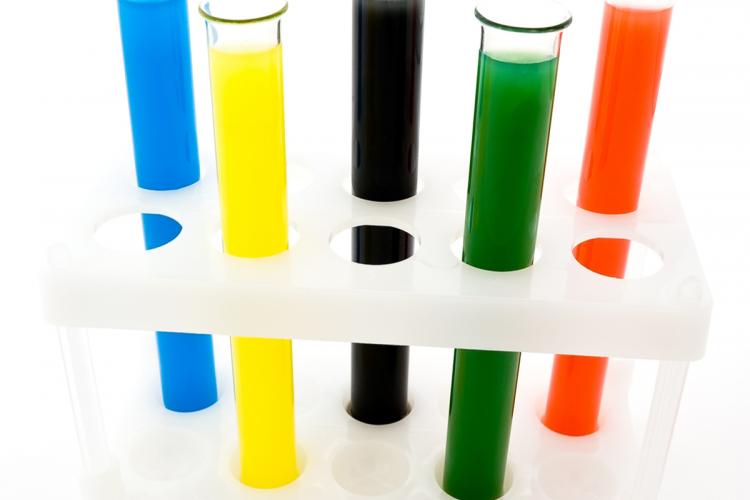Legal Olympic Blood Doping
Classic blood doping—the injection of additional blood cells to increase oxygen in the muscle—is illegal in Olympic sports. Yet, legal blood doping is all the rage at the 2018 PyeongChang Olympics. Here is how it works.

Every athlete gets injured sometime in his or her career. In the run-up to the Olympics, athletes push themselves to achieve extraordinary performances, exerting extreme efforts and overusing their muscles and tendons. The inflammation that occurs from minor and major tears of ligaments, tendons, and muscles were previously suppressed by injections of cortisone—until they too were banned. While corticosteroids did not increase performance the way anabolic (testosterone) derived steroids did, they still masked injury symptoms and were thus believed to provide an unfair advantage.
Enter modern blood doping, which began in 2004 with an article by Robert Marx. The growth factors found in the platelets of the bloodstream provide powerful anti-inflammatory effects. They stimulate healing and have essentially no downsides. The athlete gives a sample of their blood, usually about 60 cc. It is spun in a centrifuge, and an activating agent may be added. It’s then legally injected into the site of injury or inflammation. The platelets, now at 10x their normal concentration, release growth factors at the site of the injury, hopefully speeding up the repair process while also calming the inflammation.
To potentiate therapy, additional repair cells and growth factors can be added from the patient’s own bone marrow or fat.
How widely is this therapy used at the Olympics? So far, there is no data. But it is not banned, and, even if it were, it is undetectable—since it is the patient’s own blood and there are no measurable performance gains. But for the injured athlete and the doctor caring for him or her, the possibility of providing a potent therapeutic agent without causing harm or disqualification makes it a go-to strategy for the treatment of sudden or chronic injuries.
And it actually works. In our own practice, the combination of lubricants and growth factors has all but replaced cortisone for all injections. The patient responses have been overwhelmingly positive. A prospective study evaluating the exact effects of these therapies on joint fluid—which should help define which growth factors and cells are optimal for which conditions—is underway at our clinic.
These combinations of anabolic therapies, designed to address tissue healing and injury repair while not providing a performance improvement, represent a whole new world of “blood doping,” which possibly needs a new moniker: “blood smarting”? Why not accelerate healing and injury recovery and permit all athletes to perform at their highest levels? Let the games begin…and the athletes actually finish.
